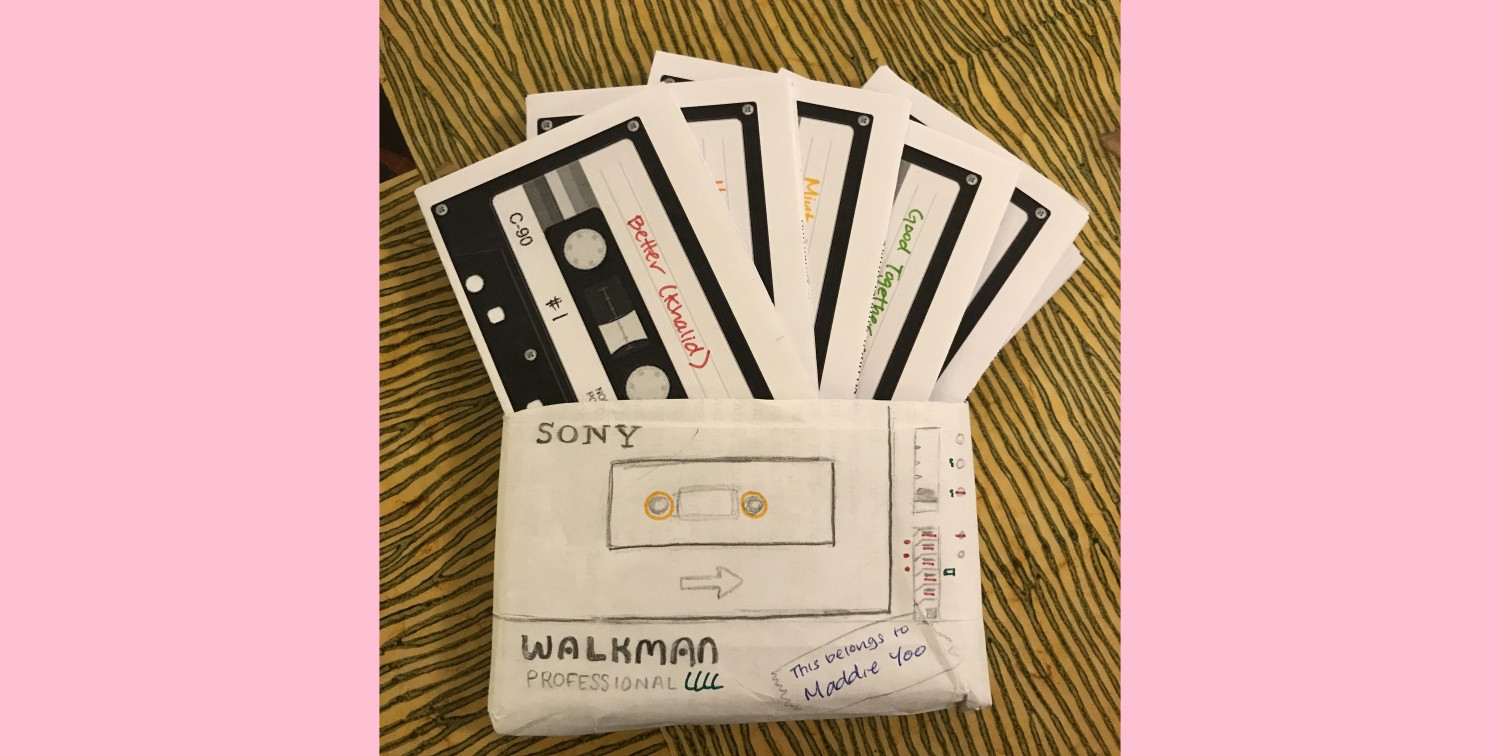The music of our lives

Last semester in HDFS 225: Close Relationships, we were assigned to create a soundtrack that reflects changes in relationships across our lifespan, known as “The Music of Our Lives” project. The requirements included a minimum of ten tracks in chronological order (reflecting a developmental course beginning in early life and ending in later life), an explanation of the lyrics’ meaning, a personal reflection, and relation to course material. Our professor, Dr. Ogolsky, left all other instructions open to interpretation for students, allowing us to really explore the meaning and expression of changes in romantic relationships uniquely.
In crafting my own soundtrack, I decided to tell a story from the initial moment of attraction to the painful reflection after dissolution of a relationship. I made sure to carefully select songs that truly captured the emotional tsunami that love brings upon us. Many of these songs were included in soundtracks given to me by past partners, making the project a nostalgic, melancholy trip down memory lane. Some nights I would find myself in tears, recalling all that had passed and still lived so presently in the heart of the sound. Songs ranged from Khalid’s “Better” to Orchestral Maneuvers in the Dark’s “So in Love”. It was important to me to include music that spanned generations and genres, for this change in relationships is a commonality in the human experience regardless of preference or taste.
Despite age, race, religion, or political views, falling in and out of love all feels the same. The tsunami of love takes us all at one point or another, and a significant part of this tsunami is the depth and power of its flow. Seemingly endless repetition of the first and last thirty seconds of songs made up chunks of my night, for I needed the transitions to be seamless and shocking- I needed that flow. When it came to analyzing the lyrics of my songs, and applying them to the concepts of relationship science, I uncovered explanations that mended wounds of long-lasting unanswered questions. I learned what I did wrong, what I did right, and what I need to do in future relationships. I am still no expert in love, but now I am much more educated on the dynamics of intimate romance, which will hopefully guide me in the right direction through the remainder of my life.
In terms of the physical design of my project, I wanted to capture the timelessness of these feelings in visual form, which led me to the Sony Walkman, the original iPod. Although people do not listen to Walkmans anymore, the sight of people walking while listening to music is still common in everyday life. People are submersed in their own experiences, their music tied to their human emotions. Music is an enduring aspect of human expression, and that expression is often tied to our own experiences of love.
On the day we turned in the assignment, it was incredible to see the variation in interpretation and presentation of “The Music of Our Lives” project. Fellow students had papers, physical CDs, colorful packets, and everything in between. It was a demonstration of who we are, what we experienced, and how it steeped into our souls. The clarity offered by my newfound understanding of the intricacies of romantic dynamics has reshaped my perception of love.